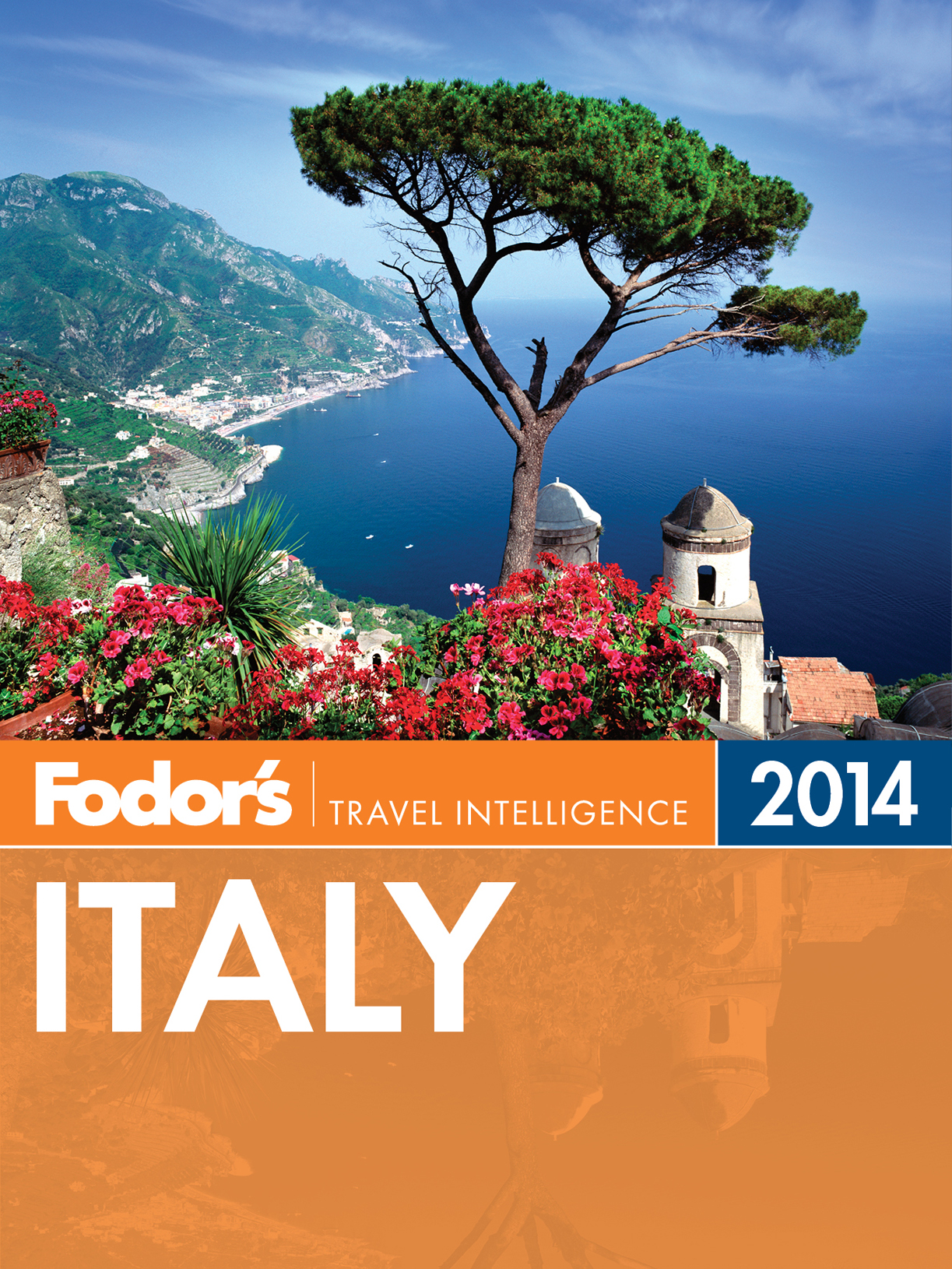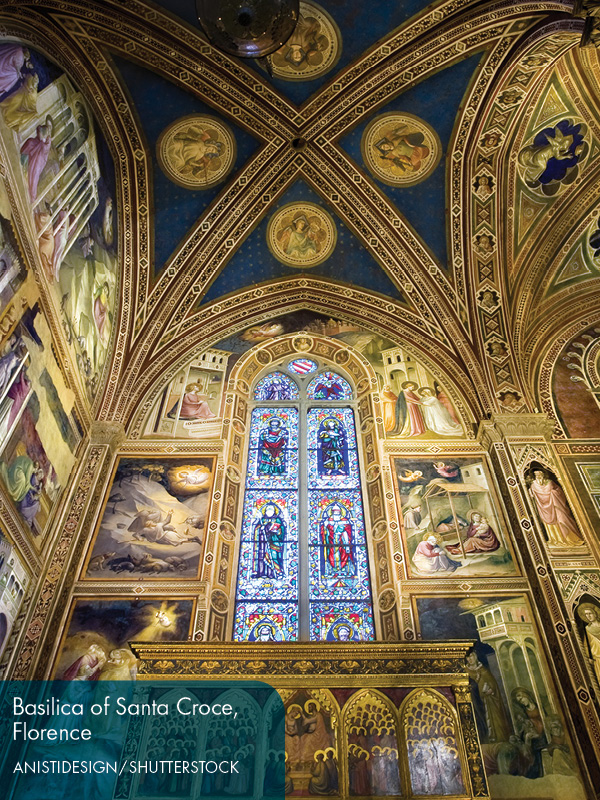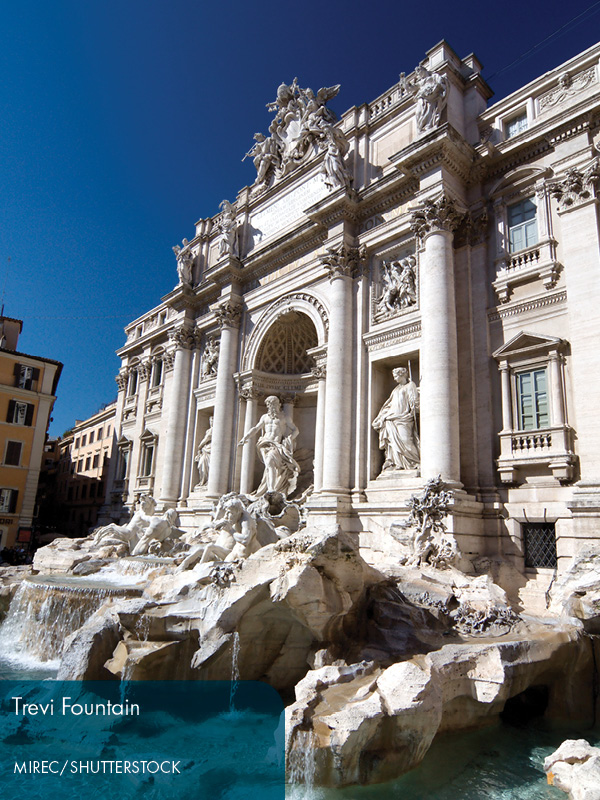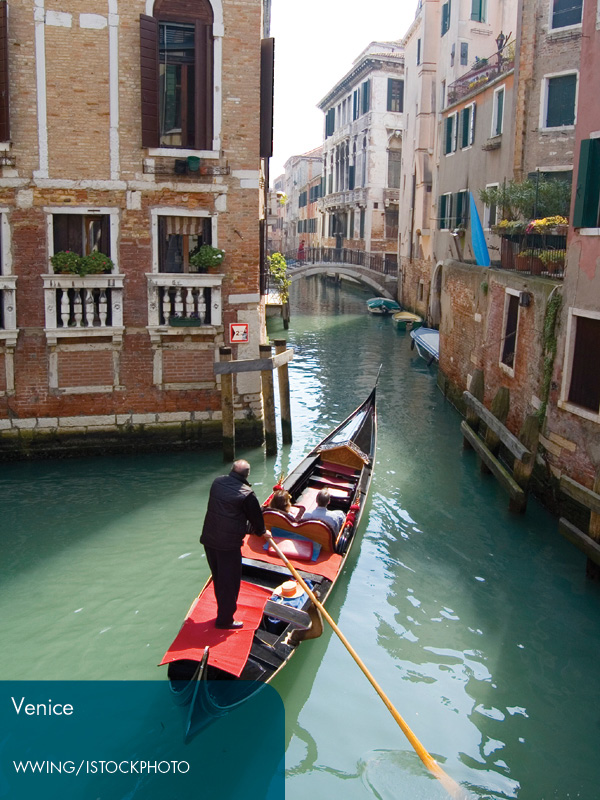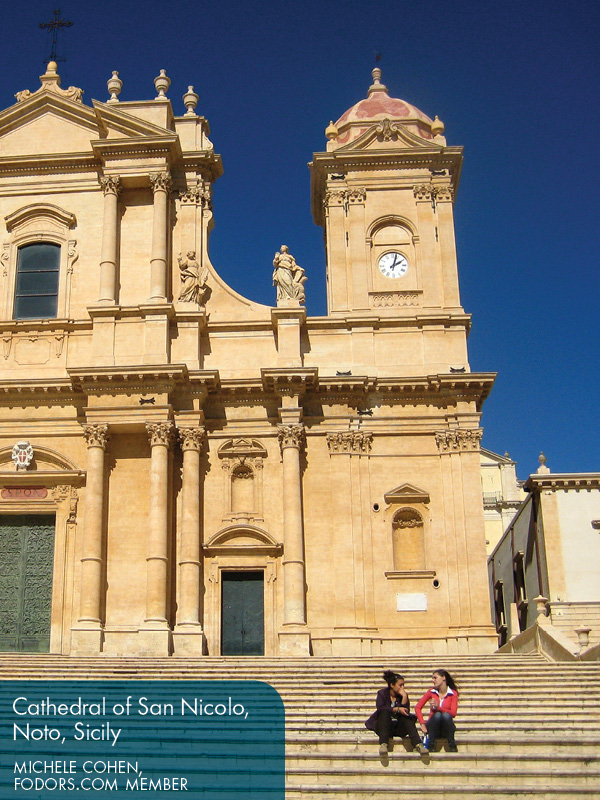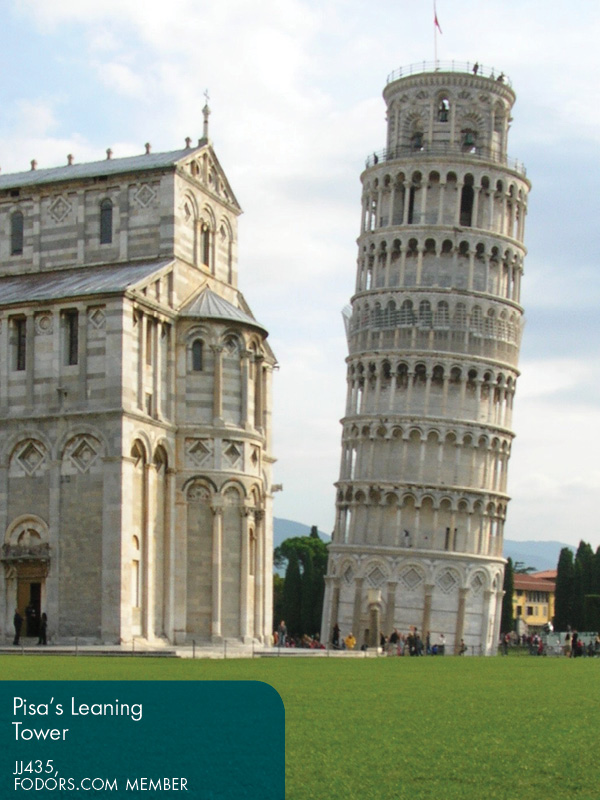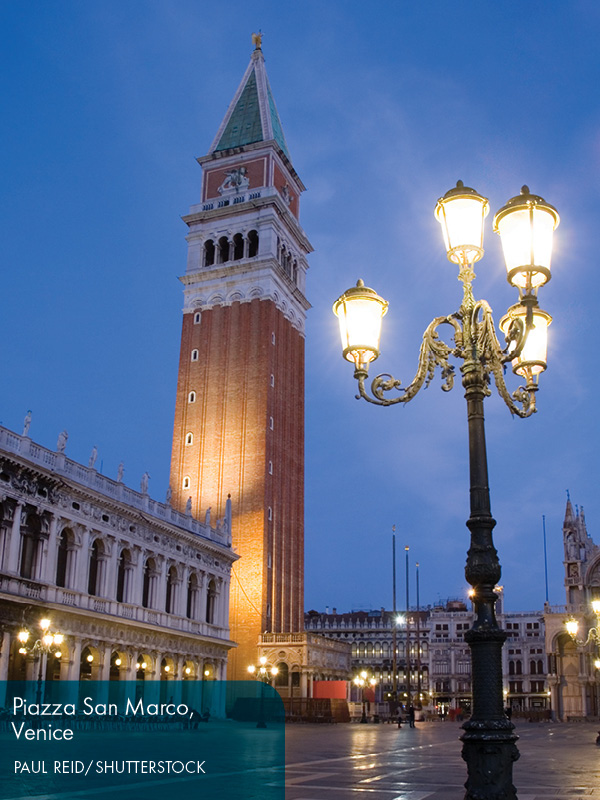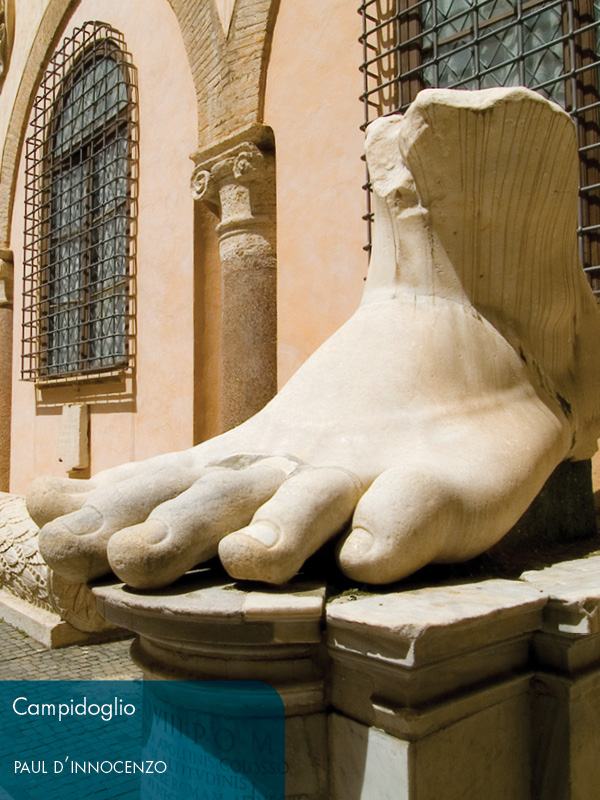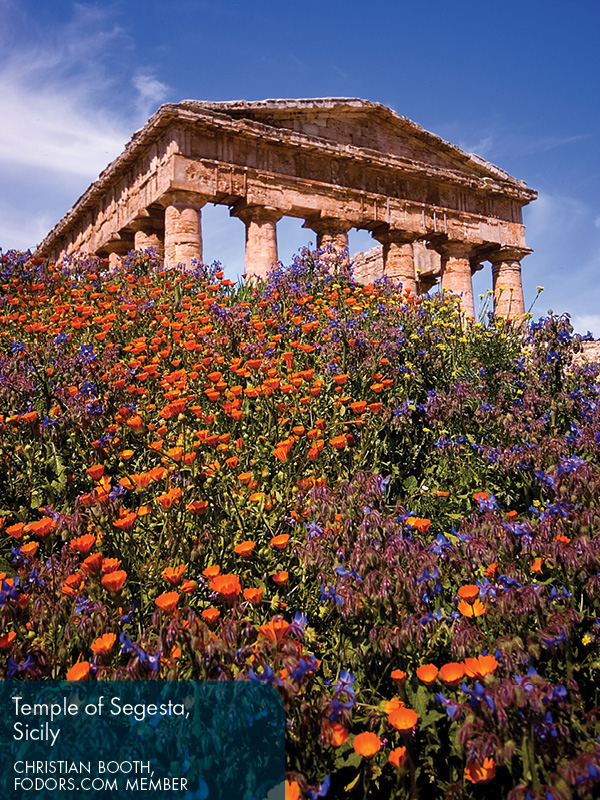Fodor’s - Fodor’s Italy 2014
Here you can read online Fodor’s - Fodor’s Italy 2014 full text of the book (entire story) in english for free. Download pdf and epub, get meaning, cover and reviews about this ebook. year: 2013, publisher: Fodor’s, genre: Home and family. Description of the work, (preface) as well as reviews are available. Best literature library LitArk.com created for fans of good reading and offers a wide selection of genres:
Romance novel
Science fiction
Adventure
Detective
Science
History
Home and family
Prose
Art
Politics
Computer
Non-fiction
Religion
Business
Children
Humor
Choose a favorite category and find really read worthwhile books. Enjoy immersion in the world of imagination, feel the emotions of the characters or learn something new for yourself, make an fascinating discovery.

- Book:Fodor’s Italy 2014
- Author:
- Publisher:Fodor’s
- Genre:
- Year:2013
- Rating:5 / 5
- Favourites:Add to favourites
- Your mark:
Fodor’s Italy 2014: summary, description and annotation
We offer to read an annotation, description, summary or preface (depends on what the author of the book "Fodor’s Italy 2014" wrote himself). If you haven't found the necessary information about the book — write in the comments, we will try to find it.
Expanded Coverage: Fodors Italy 2014 continues to provide thorough, insightful coverage to this year-after-year top European destination. New this year is a chapter on the increasingly popular Island of Sardinia, known for its natural beauty. Dozens of scintillating new reviews are sure to entice first- and even old-timers to hotels and restaurants scattered throughout Rome, Venice, and Florence. Establishments in farther-flung cities and towns are also given their due, and this guide has long featured rich coverage of the Mezzogiorno: those now-trendy southern Italy destinations found in Puglia , Calabria, and Basilicata (home to Francis Ford Coppolas new Palazzo Margherita hotel).
Illustrated Features: Multiple full-color features bring the many sides of Italy to vibrant life. Included among the photogenic array of riches are the ancient ruins of Rome, Sicily, and Pompeii; Michelangelos spectacular Sistine Chapel ceiling, Palladios villas, Florences Duomo, and Assisis basilica of St. Francis; the vineyards of Barolo and Tuscany; the scenic glory of the Cinque Terre and Venices Grand Canal; Pizza, Naples-style; and more.
Indispensable Trip Planning Tools: Convenient overviews show each region and its notable highlights, and chapter planning sections have savvy advice for making the most of travelers time, with top tips on getting from cities to countryside villages. Enticing cuisine highlights are given in each regional chapter.
Discerning Recommendations: Fodors Italy 2014 offers savvy advice and recommendations from local writers to help travelers make the most of their time. Fodors Choice designates our best picks, from hotels to nightlife. Word of Mouth quotes from fellow travelers provide valuable insights.
Pullout Map: Handy take-along maps of Rome and Venice provide added value, giving travelers essential information about top attractions, walking tours, and nearby dining so they can travel with confidence.
ABOUT FODORS AUTHORS: Each Fodors Travel Guide is researched and written by local experts.
Fodor’s: author's other books
Who wrote Fodor’s Italy 2014? Find out the surname, the name of the author of the book and a list of all author's works by series.


